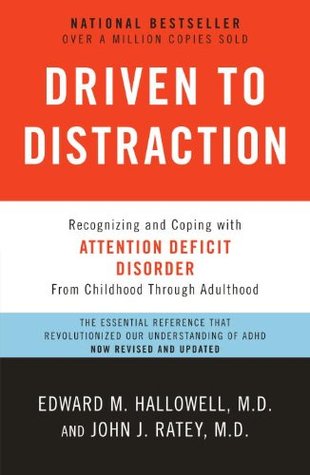More on this book
Community
Kindle Notes & Highlights
Read between
December 14 - December 17, 2022
Think of a thermometer and the mercury it contains. If you have ever broken a thermometer, you know what happens to the mercury. The ADD mind is like spilled mercury, running and beading. Structure is the vessel needed to contain the mercury of the ADD mind, to keep it from being here and there and everywhere all at once. Structure allows the ADD mind to be put to best use, rather than dissipating itself like so many tiny beads of mercury on the floor.
Structure refers to essential tools like lists, reminders, notepads, appointment books, filing systems, Rolodexes, bulletin boards, schedules, receipts, IN- and OUT-boxes, answering machines, computer systems, alarm clocks, and alarm watches. Structure refers to the set of external controls that one sets up to compensate for unreliable internal controls. Most people with ADD cannot depend upon their internal controls to keep things organized and to keep themselves on task over time. For them a reliable system of external controls is essential. Setting up a system does not have to be boring; in
...more
This highlight has been truncated due to consecutive passage length restrictions.
Tips for the Coach At the beginning of treatment there should be brief (ten-to-fifteen-minute) daily check-ins with the coach, in person or over the phone. The discussion should focus on the practical and concrete—what are your plans? what is due tomorrow? what are you doing to get ready for tomorrow?—as well as on the abstract—how do you feel? what is your mood? These questions can be organized by the initials H.O.P.E. as follows: H—Help: Ask the person you are coaching, what kind of help do you need? Begin by getting an update and seeing what specific assistance is needed. O—Obligations: Ask
...more


